Normalized Noise Tests
For these tests, I set the cooler’s fan(s) to speeds with noise output at the following predefined levels: 20/25/30/35/40 dBA. I skip the corresponding tests if the cooler’s fan(s) cannot reach some noise levels. Finally, I include a test where the cooler’s fan(s) spins at full speed.
Intel Results
CPU Temperature
The temperatures are close to the ones that the high-end competing offerings achieve.
CPU Frequency
CPU frequencies are high. Only the D15 chromax.black achieves higher ones on all tests.
CPU Wattage
The D15 allows the CPU to draw lots of power, but other coolers allow for even more at high fan speeds.
Cooler Exhaust Temperature
I measure the temperature at the exhaust side of the cooling solution.
AMD Results
CPU Temperature
The CPU temperatures are high because AMD CPUs, by design, operate at high temperatures under high loads, adjusting their frequency accordingly to exceed the desired TDP. This is why the temperature results alone don’t mean much in AMD processors; to have the full picture, we also have to look at the average frequency and power consumption.
CPU Frequency
CPU frequencies are higher than those of the two air coolers I included in the graphs. Unfortunately, I don’t have more results to show you because I started testing coolers on AMD systems recently.
CPU Wattage
CPU power consumption is high for air cooling standards.
Cooler Exhaust Temperature
Due to a problem with the software, I didn’t get cooler exhaust temperatures. Sorry, but there is no way I am running all these tests again just for exhaust temperatures!

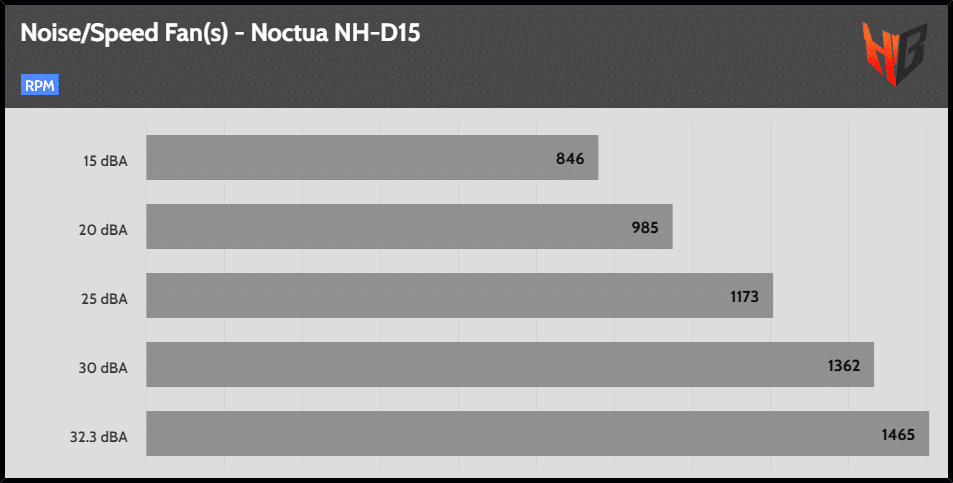
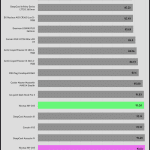

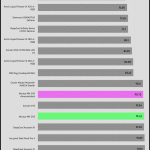
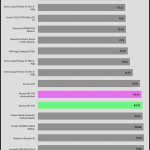
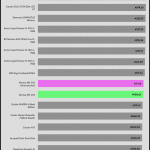
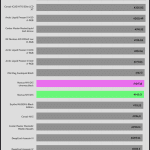
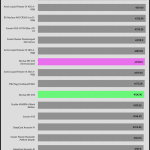
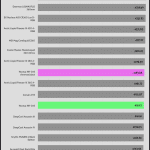

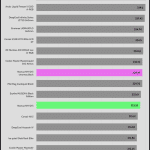
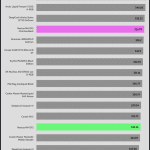
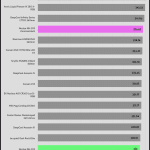
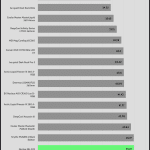
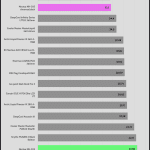

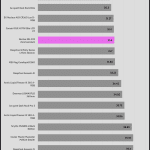
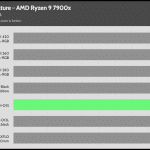
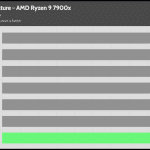
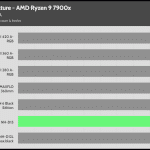
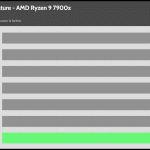
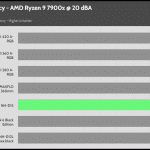
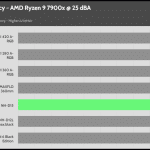
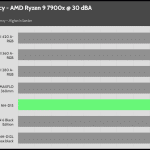

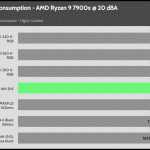
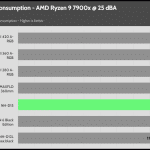
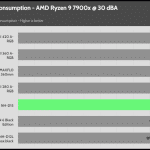
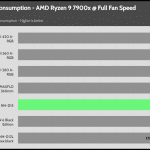
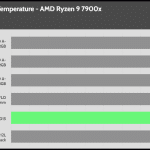
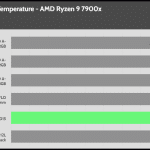
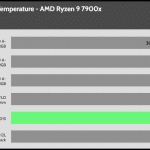

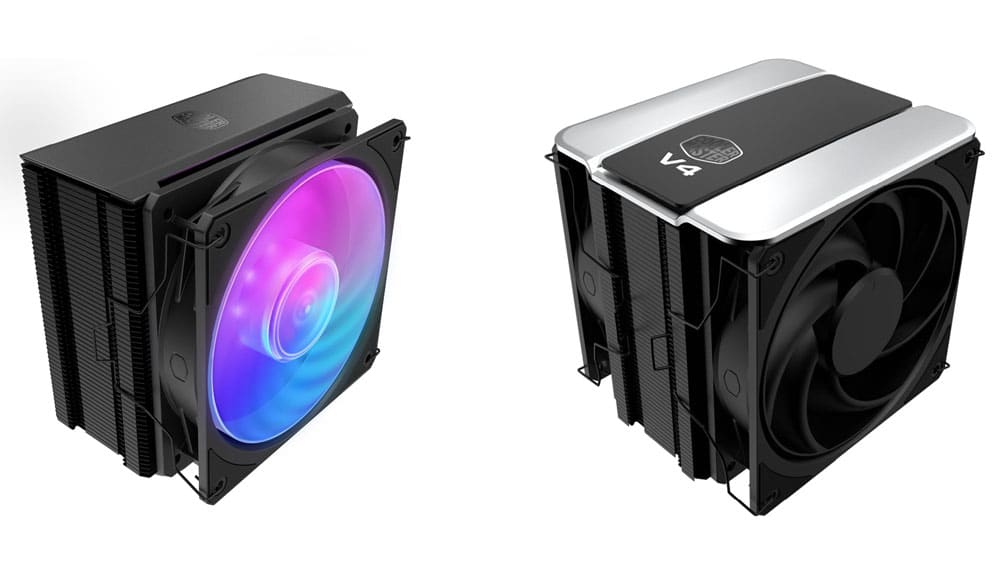

I had an AIO cooler for my 10th gen I9 and it would hit 100⁰c after just a couple of hours of gaming. I put in the NH-D15 and it hasn’t been above 80⁰ since. I would still highly recommend the NH-D15 and my next computer I will probably try the NH-D15 gen2.